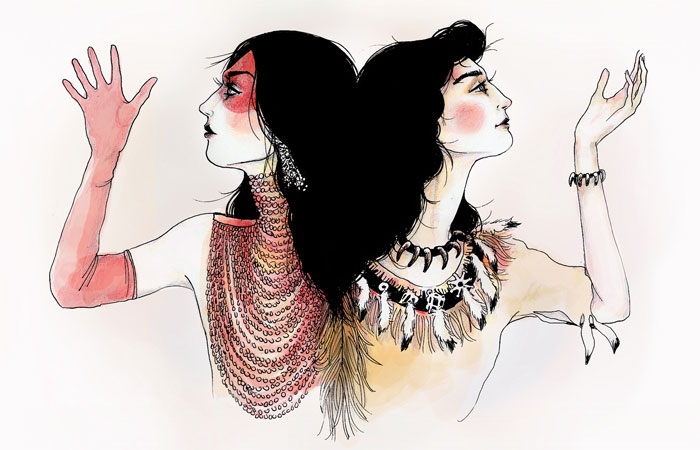Being Anglo-Indian: Practices and Stories from CalcuttaPosted in Anthropology, Asian Diaspora, Dissertations, Media Archive, Oceania, Religion on 2012-10-14 00:58Z by Steven |
Being Anglo-Indian: Practices and Stories from Calcutta
Massey University, Palmerston North, New Zealand
2005
263 pages
Robyn Andrews, Lecturer, Social Anthropology Programme
Massey University
A thesis in partial fulfilment of the requirements for the degree of Doctor of Philosophy in Social Anthropology at Massey University
This thesis is an ethnography of Anglo-Indians in Calcutta. All ethnographies are accounts arising out of the experience of a particular kind of encounter between the people being written about and the person doing the writing. This thesis, amongst other things, reflects my changing views of how that experience should be recounted. I begin by outlining briefly who Anglo-Indians are, a topic which in itself alerts one to complexities of trying to get an ethnographic grip on a shifting subject. I then look at some crucial elements that are necessary for an “understanding” of Anglo-Indians in Calcutta: the work that has already been done in relation to Anglo-Indians, the urban context of the lives of my research participants and I discuss the methodological issues that I had to deal with in constructing this account.
In the second part of my thesis I explore some crucial elements of the lives of Anglo-Indians in Calcutta: the place of Christianity in their lives, education not just as an aspect of socialisation but as part of their very being and, finally, the public rituals that now give them another way of giving expression to new forms of Anglo-Indian becoming.
In all of my work I was driven by a desire to keep close to the experience of the people themselves and I have tried to write a “peopled” ethnography. This ambition is most fully realised in the final part of my thesis where I recount the lives of three key participants.
Read the entire dissertation here.

